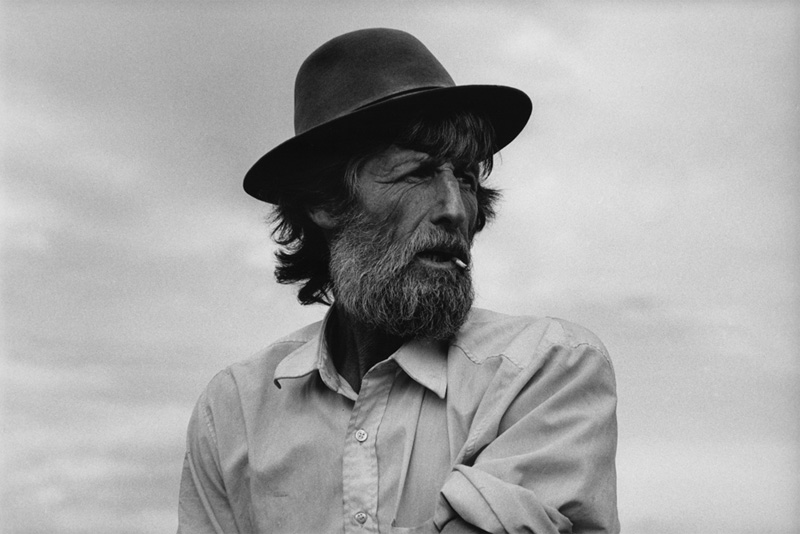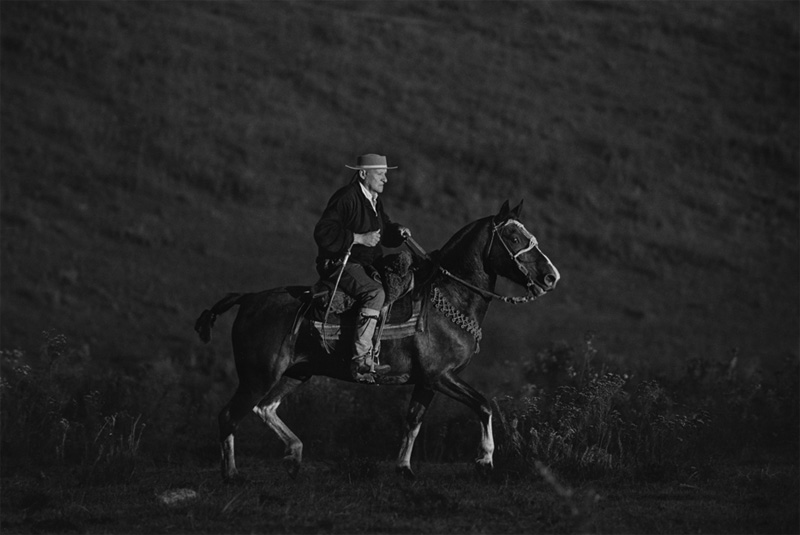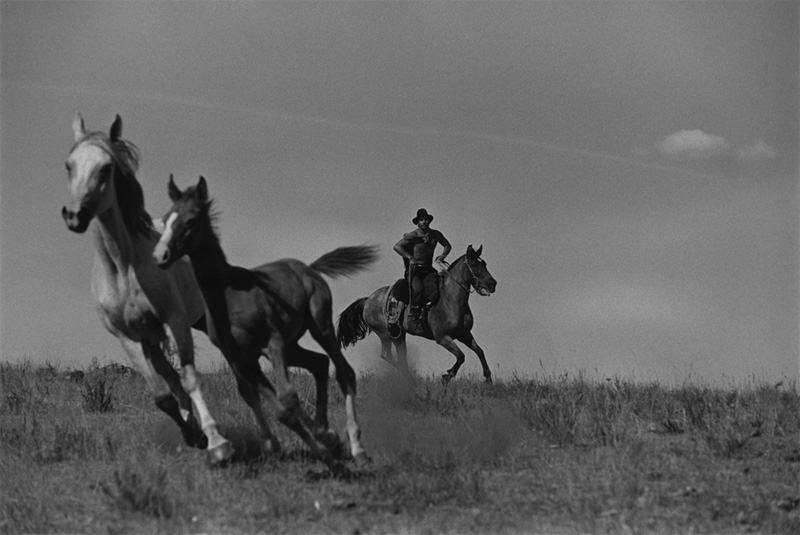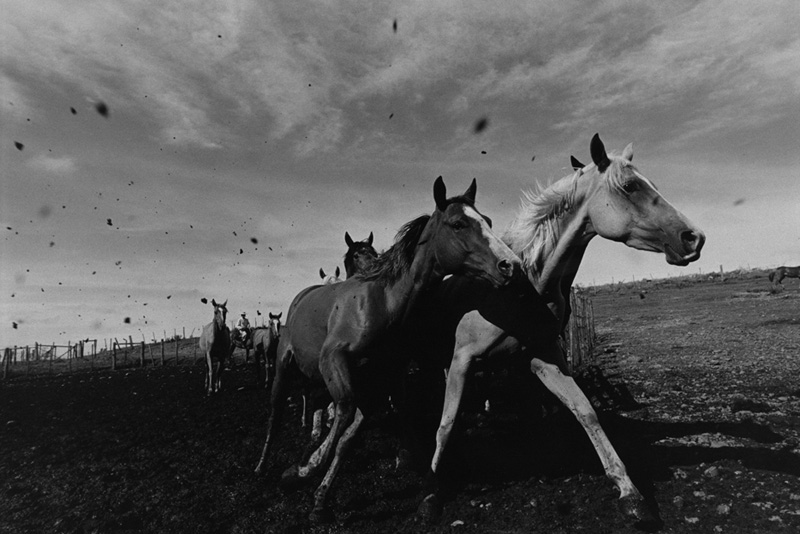
Luis Fabini – Gauchos
“The European Conquistadors brought horses and cattle with them when they arrived in the Americas centuries ago. Inadvertently, they began a process that gave birth to a unique cultural type, the Horsemen of the Americas. In the United States and Canada these horsemen are known as Cowboys, in Mexico they are known as Charros, in the Ecuadoran Highlands as Chagras, in Colombia and Venezuela as Llaneros, in Peru as Chalanes, and in Chile as Huasos. In Argentina, Brazil and Uruguay, they are called Gauchos. Whatever their name, from Alaska to Tierra del Fuego, these soul-brothers share a way of life and a special relationship to their horses and to the land.
Luis Fabini offers an in-depth photographic portrait of these horsemen through a series of volumes dedicated to the horsemen of each region of the Americas. Here he shares his view of the way of life of the Gauchos, this unique breed of human beings.”


“It is difficult for any photographer to find a subject matter that he can become passionate about, one that will nurture him spiritually, emotionally, and artistically. The coming together of these elements is happening for Luis right now. He is in the midst of an explosively creative period. Every time he brings film back to us from the field, we see the work evolving, getting better, deepening in its revelation, and reaching closer to the heart of the subject. He is becoming one of, and one with the people who are his subject matter. The long-term project is about not standing on the outside looking in, but rather being on the inside and being a part of it. Luis manages to do just that.”
Jim Megargee – Master Printer, Curator of MV Gallery – MV Labs NY,
he nominates Luis Fabini for the 2009 Henri Cartier-Bresson Award


“Luis Fabini’s photographs are a stunning evocation of a unique way of life, the culture of the cowboy. But it is also a celebration of one of the most extraordinary relationships between species. For most of history humans were mortal enemies of the horse, a prey species that we hunted and killed for food. Though they knew us as predators, these animals in time allowed us to climb onto their backs, the very position a lion would seek in order to kill. We grabbed them by the neck, just as a wolf would do. And we persuaded them to run toward danger when their every instinct as a prey species was to flee. They in turn allowed us to ride like the wind, cover distances previously unimaginable, and live in places, as this book reveals, of stark and terrible beauty.”
Wade Davis, Anthropologist, National Geographic and explorer in residence


All images are 2010 © Luis Fabini

Stunning work!! Que increibles fotos!
Beautiful and invaluable work. Thank you
Excelente trabajo, maravillosas fotografías, felicitaciones